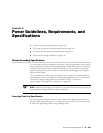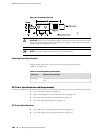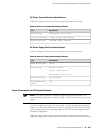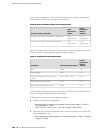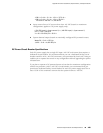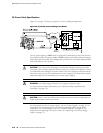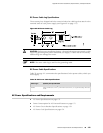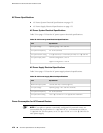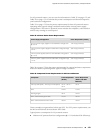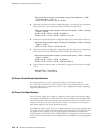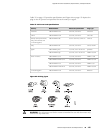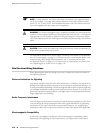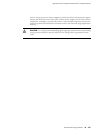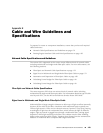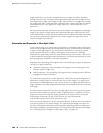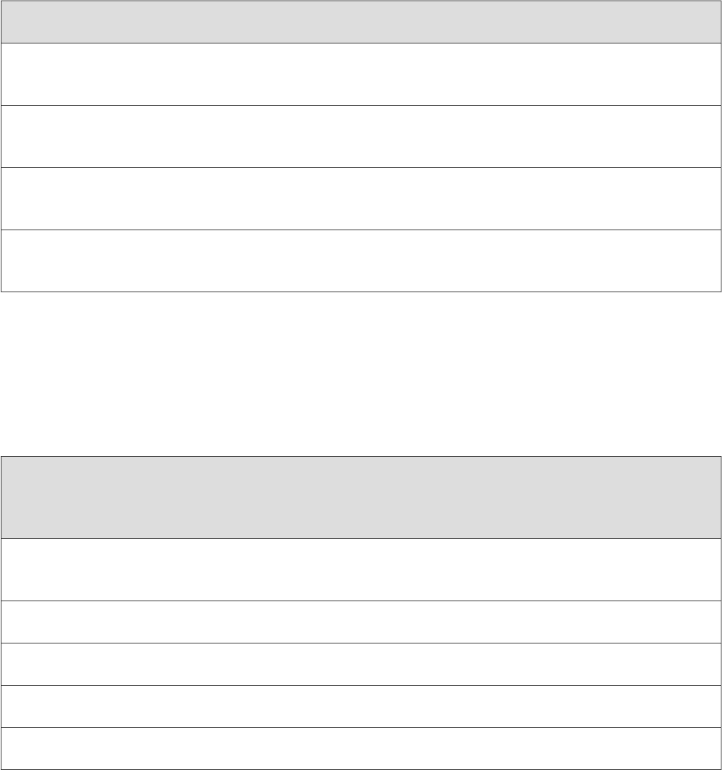
For AC-powered routers, you can use the information in Table 35 on page 173 and
Table 36 on page 173 to calculate the power consumption and thermal output for
your hardware configuration.
Table 35 on page 173 lists the power requirements for base AC-powered routers
operating under typical voltage conditions and includes various power supply
configurations. The base AC-powered router includes the midplane, craft interface
and fan tray running at normal speed.
Table 35: AC Base Router Power Requirements
Power Requirement (Watts)Power Supply Configuration
195 W (approximate)One AC power supply (high-line nonredundant configuration
@ 220 V)
350 W (approximate)Two AC power supplies (high-line redundant configuration @
220 V)
270 W (approximate)Two AC power supplies (low-line nonredundant configuration
@ 110 V)
520 W (approximate)Four AC power supplies (low-line redundant configuration @
110 V)
Table 36 on page 173 lists the power requirements for various hardware components
when the router is operating under typical voltage conditions.
Table 36: Component Power Requirements for AC-Powered Routers
Power Requirement
(Watts) with 85%
Efficiency
Power Requirement
(Watts)
Component
24 W70 W – 50 W =
20 W
Fan tray (full speed) – Fan tray (normal speed)
176 W150 WSCB
106 W90 WRouting Engine
367 W312 WDPC—Generalized typical value
429 W365 WDPC—Generalized maximum value
These examples use generalized values per DPC. For DPC power requirements, see
the MX-series Ethernet Services Router DPC Guide.
Typical power consumption for AC-powered routers:
■ Minimum AC-powered low-line configuration @ 110 V (includes 85% efficiency):
AC Power Specifications and Requirements ■ 173
Appendix D: Power Guidelines, Requirements, and Specifications



